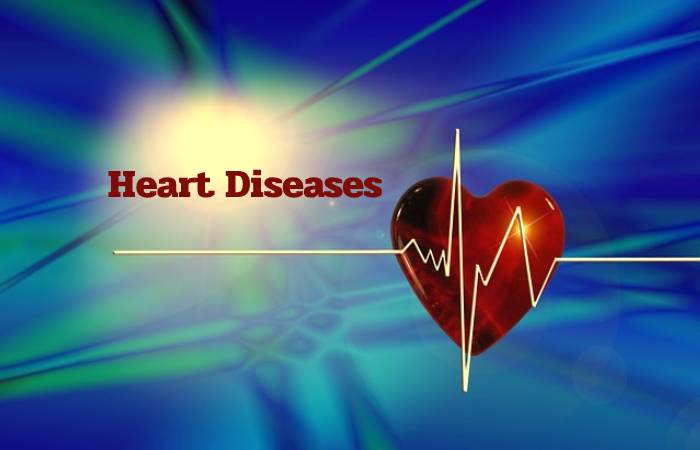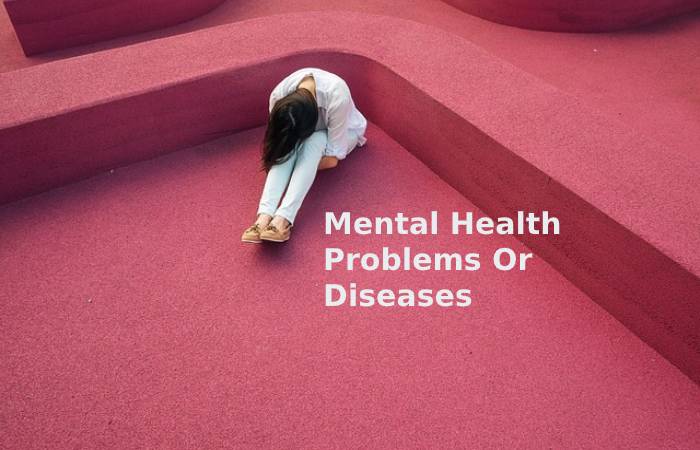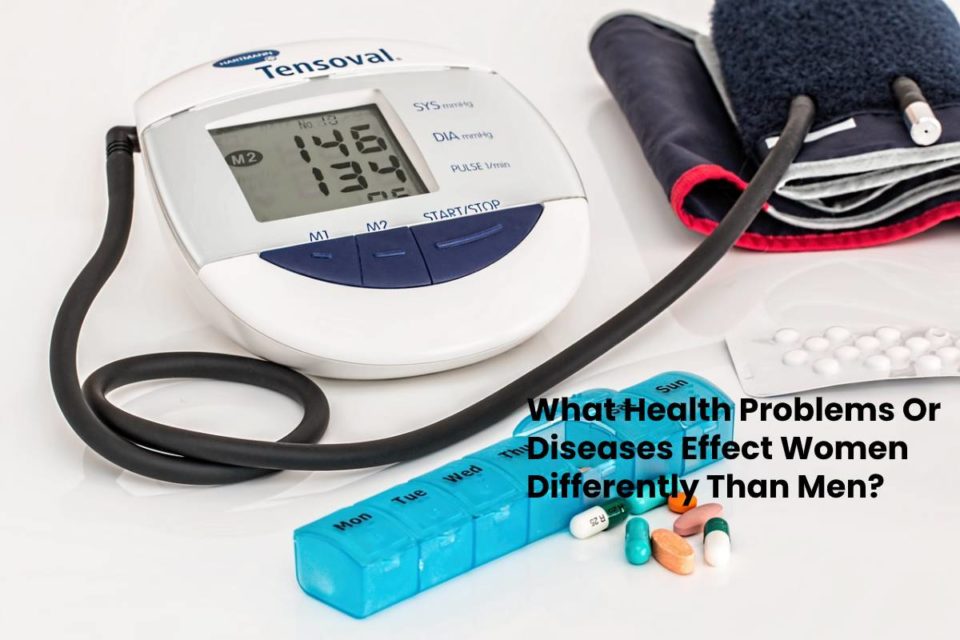More or fewer health problems or diseases that are mutual to both women and men affect women in diverse ways. While the symptoms may be similar, the effects of the disease and the necessary care can be significantly different for women.
Besides, some of these diseases could affect mainly, or more seriously, women than men. For example, almost 12% of women in the United States are at risk of developing breast cancer in their lifetime. Male breast cancer represents less than 1% of existing cancer cases.
Table of Contents
Uses Of Health Problems Or Diseases And Effects
Alcohol Abuse
Up to 5.3 million women in the United States abuse alcohol, putting their health, safety, and general well-being at risk.
Males are possible to have liquor dependency or addiction than females during their lives. The effects of alcohol abuse and alcoholism (when a person shows signs of alcohol addiction) are more severe in women.
These health effects include an increased risk of breast cancer, heart disease, and fetal alcohol syndrome.
In which babies born to mothers who drink alcohol during pregnancy suffer brain damage and learning difficulties.
Heart Diseases

Heart syndrome is the most crucial cause of demise in American females. However, these ailments are also the foremost cause of death in American males. Females are more to be expected than men to expire after a heart attack.
Additionally, women are more likely to experience delays in emergency care and receive treatment to control cholesterol levels.
Mental Health Problems Or Diseases

Women are more likely than men to have signs of depression and anxiety. Depression is the most common mental health problem in women, and more women than men diagnose each year.
Osteoarthritis
Osteoarthritis is the most common form of arthritis. It causes pain, stiffness, and inflammation in the joints.
Arthritis is the leading cause of physical disability in the United States. This disease affects almost 27 million people and affects more women than men.
STD / STI
The effects of STD / STIs in women can be more severe than in men. In the United States, raw STD / STIs cause childlessness in at least 24,000 females each year.
Women’s STDs / STIs often go untreated because the symptoms are less evident than in men. More likely to be confused with another less severe illness, such as a yeast infection. Some infections have similar symptoms as menstruation. Logical questions then appear: Can you get STD testing on your period? Shortly, yes you can, but there are some things that can affect the results.
Stress
According to a recent survey by the American Psychological Association, the stress in women is on the rise.
Females are further likely to report having anxiety, and almost 50% of females. Who participated in the survey. Compared to 39% of men said that their stress level had increased in the past five years.
Stress also has exclusive effects on women. A recent NICHD study found that weight could reduce a woman’s chance of getting pregnant.
Stroke
Every year, more women than men suffer a stroke. The threat issues for stroke are similar in women and men. Such as a family history of stroke, high blood pressure, and high cholesterol, some risk factors are unique to women.
These include:
- Taking birth control pills
- Be pregnant
We are using hormone replacement therapy — a combined progestin-estrogen hormone therapy designed to relieve menopausal symptoms.
Having Frequent Migraines
She is having a full waist (over 35.2 inches), mainly if the woman is in the postmenopausal stage. It has high levels of triglycerides (fat in the blood).
Urinary Tract Health
Women are more likely than men to have urinary tract problems. For example, urinary incontinence affects twice as many women as men due to the structure of the female urinary tract.

